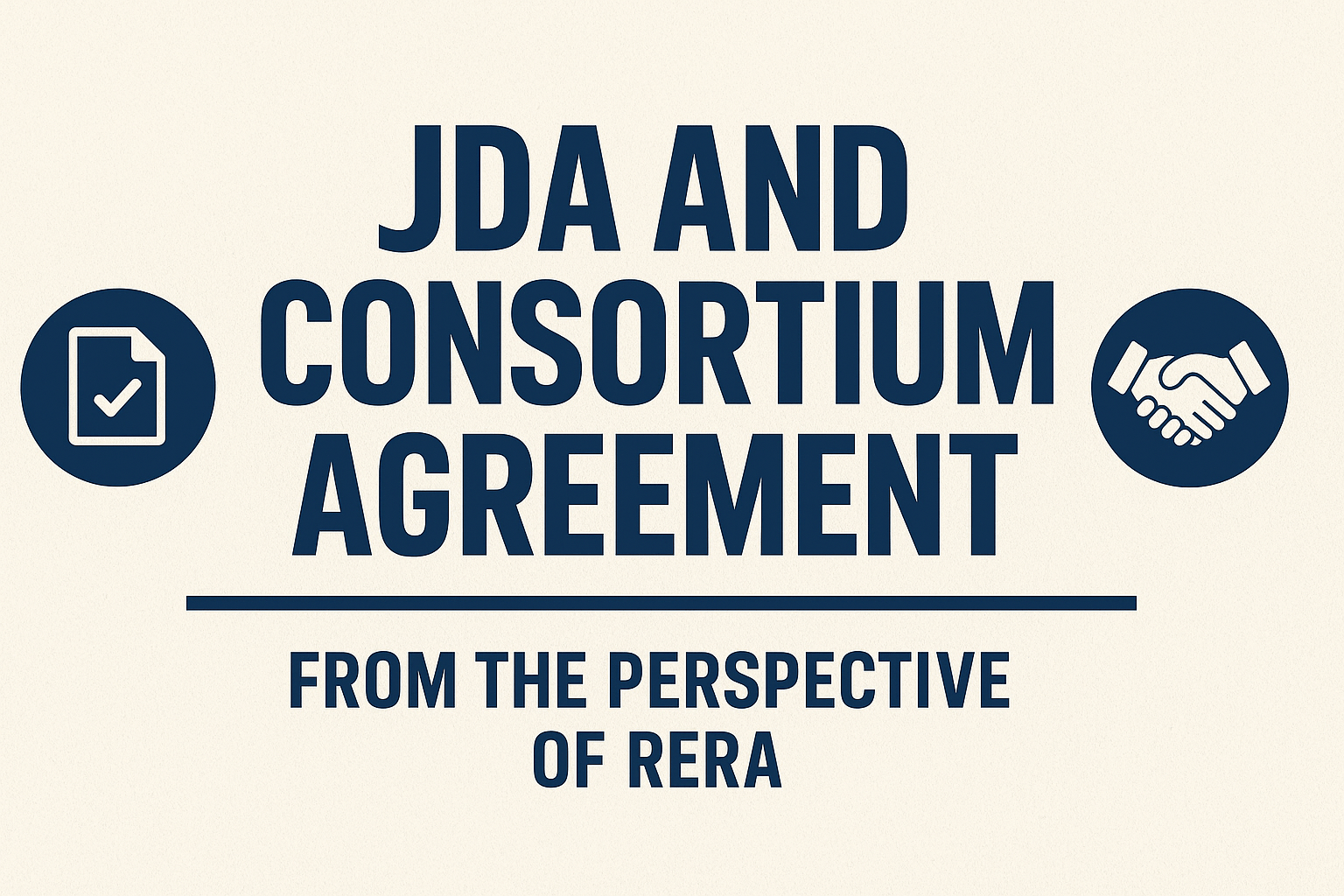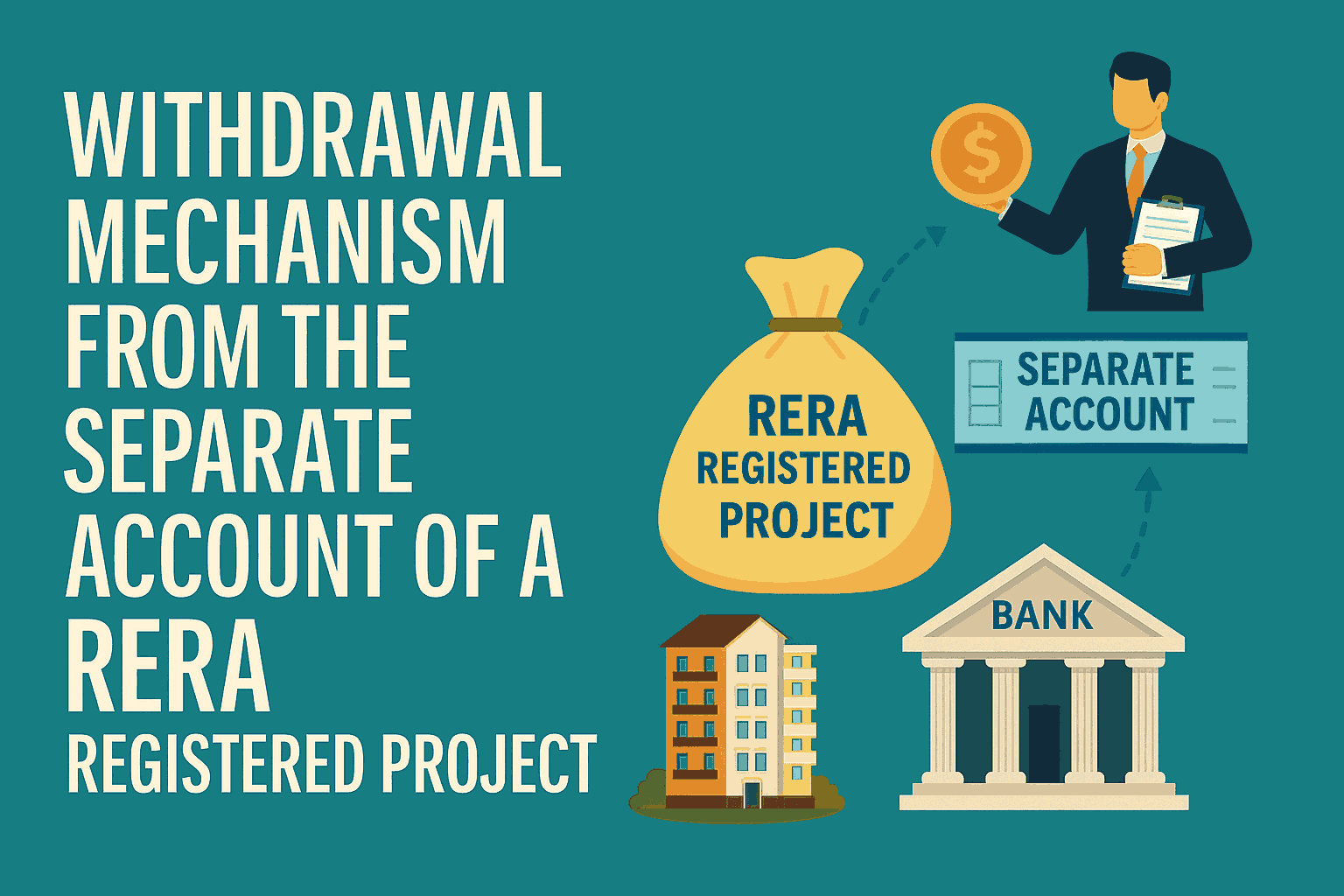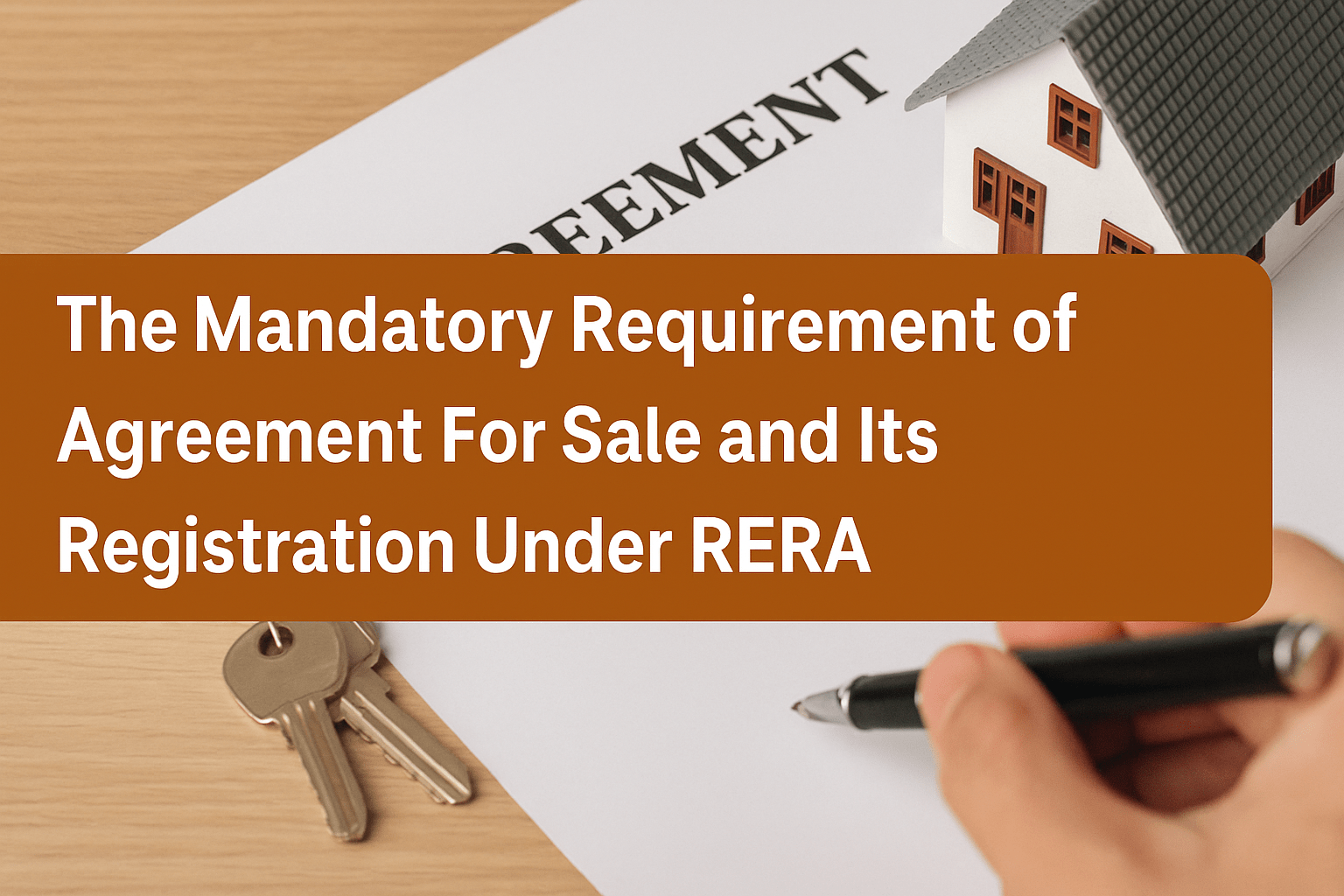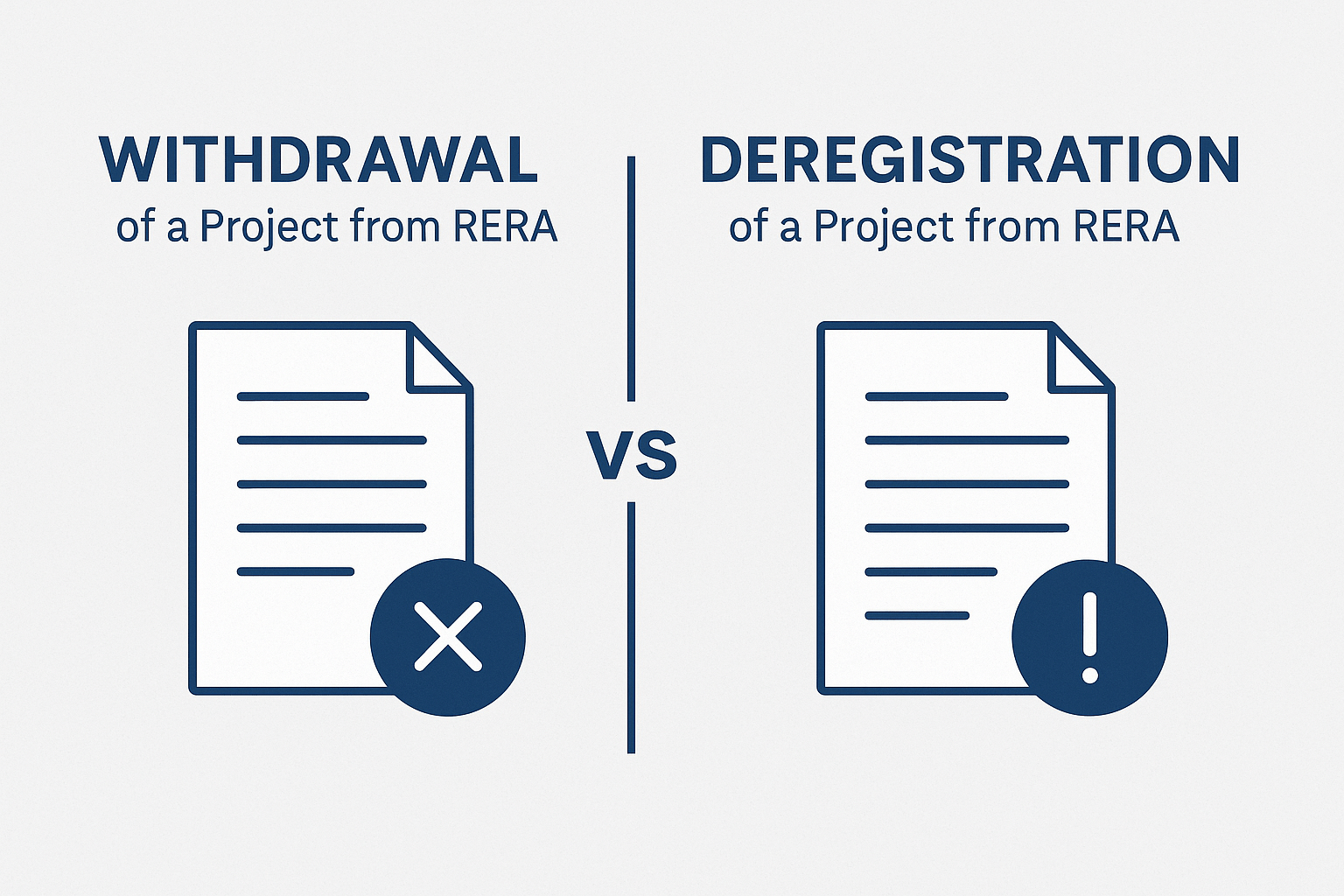
The Indian real estate sector often witnesses collaborations between landowners and developers, or between multiple developers themselves, to bring projects to life. Two common arrangements in this regard are the Joint Development Agreement (JDA) and the Consortium Agreement. While these structures can help pool land, capital, and expertise, they also carry unique implications under the Real Estate (Regulation and Development) Act, 2016 (RERA).
A JDA is typically executed between a landowner and a developer. The landowner contributes land, while the developer contributes finance, approvals, construction, and marketing expertise.
RERA perspective:
Who is the promoter? Both the landowner and developer fall within the definition of “promoter” under Section 2(zk) of the Act. This means that both are jointly responsible for registration, disclosures, and compliances.
Project registration: The project must be registered in the name of both parties, unless the JDA clearly assigns all promoter responsibilities to one party (usually the developer) with the consent of the other.
Liability: Even if the JDA allocates duties internally, RERA holds both landowner and developer accountable to allottees.
Disclosures: Details of the JDA, including revenue-sharing or area-sharing terms, must be disclosed at the time of registration to ensure transparency.
A Consortium Agreement usually arises when two or more developers come together to jointly execute a project. This is common where the scale of the project is large, requiring shared resources, expertise, or financial strength.
RERA perspective:
Joint accountability: All developers in the consortium are treated as co-promoters. Each is equally liable for compliance and delivery.
Clear allocation of responsibility: While the consortium agreement may divide roles (e.g., one developer handling construction, another managing sales), from RERA’s standpoint, every member remains answerable to homebuyers.
Registration requirements: The project must be registered in the name of the consortium, with details of each member disclosed.
Exit and substitution: Any change in consortium members after registration must be reported and may require RERA’s approval, depending on the structure.
Multiple registrations: Sometimes, developers attempt to register projects separately under different promoter names despite being linked by JDA/consortium. This creates compliance risks.
Confusion over liability: Landowners often assume they are not responsible since they are not building or selling units. RERA, however, makes them equally accountable.
Banking and withdrawals: In a JDA/consortium, clarity is needed on whose bank account will be designated as the project’s separate account and how withdrawals will be certified under Form REG-3.
Always assume that RERA will treat all parties to a JDA/consortium as co-promoters, regardless of internal arrangements.
Ensure the agreement itself clearly spells out obligations, indemnities, and roles.
Disclose all material terms of the JDA/consortium at the time of registration to avoid future disputes.
Establish clear processes for banking, accounting, and compliance reporting before commencing sales.
JDAs and consortium agreements are powerful tools for collaboration in real estate, but under RERA, they come with a layer of shared accountability. Promoters, whether landowners or developers, must not assume that internal agreements will shield them from RERA’s obligations. Transparency, correct registration, and proactive compliance are the keys to ensuring that such collaborations succeed without regulatory hurdles.
Author
CA Akash Jaiswal
Chief Advisor, Apex RERA Professionals
Contact


Apex RERA Professionals is owned by Realtyedge Professionals LLP.